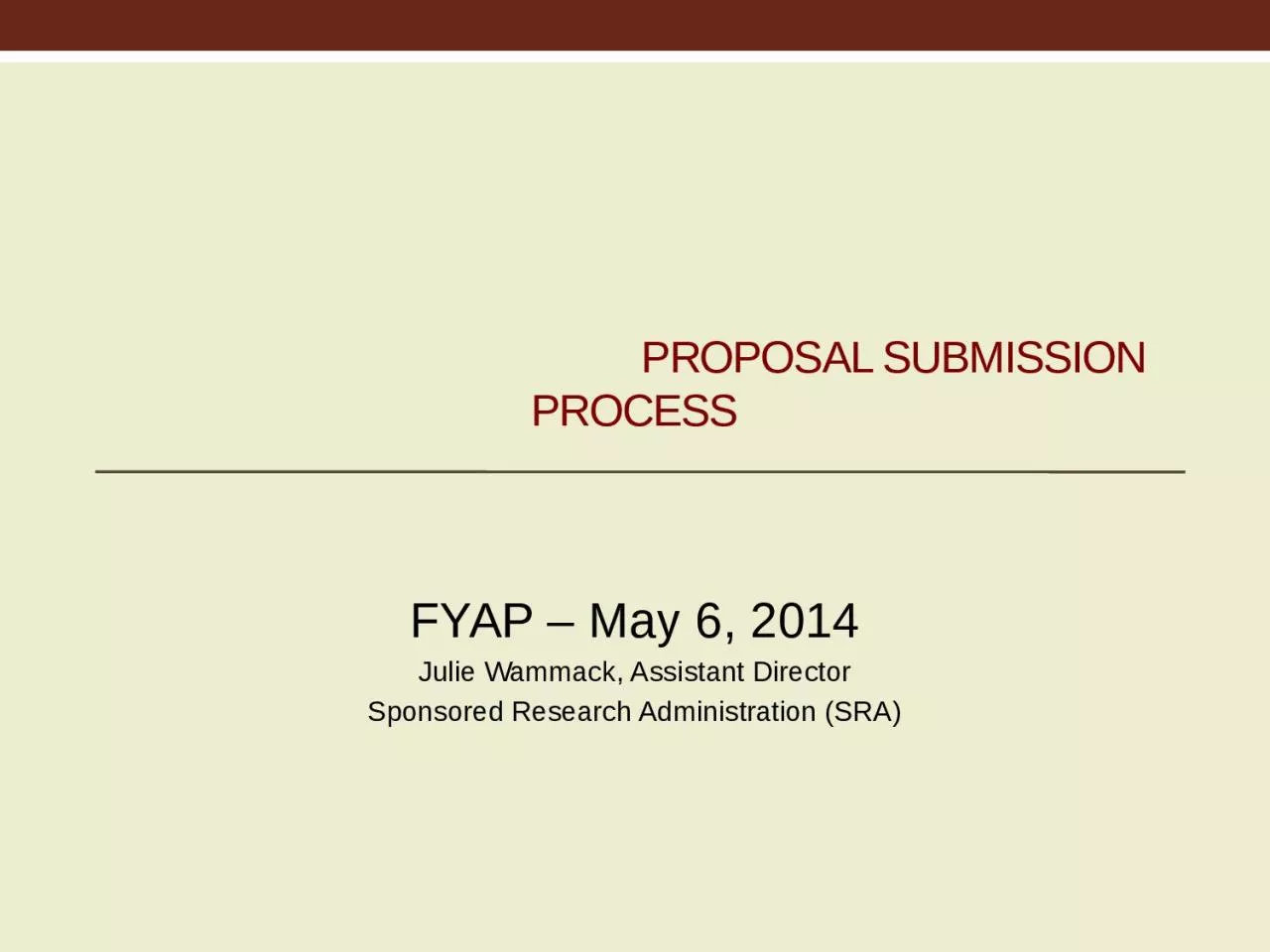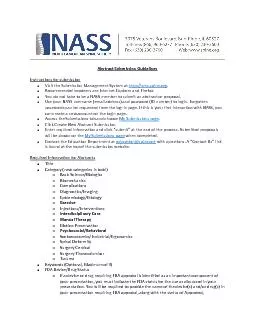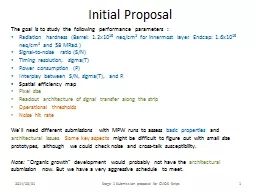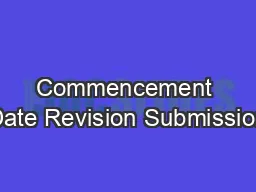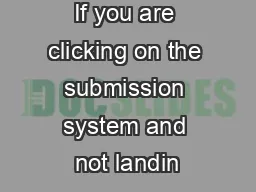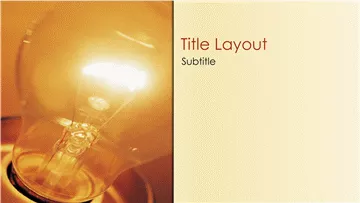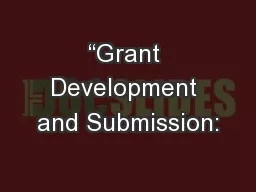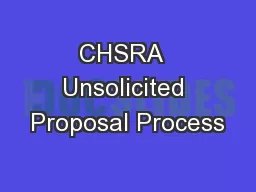PPT-Proposal Submission Proposal Submission Process
Author : harmony | Published Date : 2023-09-19
FYAP May 6 2014 Julie Wammack Assistant Director Sponsored Research Administration SRA Steps for Proposal Submission Find funding that matches your research interestsneeds
Presentation Embed Code
Download Presentation
Download Presentation The PPT/PDF document "Proposal Submission Proposal Submission..." is the property of its rightful owner. Permission is granted to download and print the materials on this website for personal, non-commercial use only, and to display it on your personal computer provided you do not modify the materials and that you retain all copyright notices contained in the materials. By downloading content from our website, you accept the terms of this agreement.
Proposal Submission Proposal Submission Process: Transcript
Download Rules Of Document
"Proposal Submission Proposal Submission Process"The content belongs to its owner. You may download and print it for personal use, without modification, and keep all copyright notices. By downloading, you agree to these terms.
Related Documents

